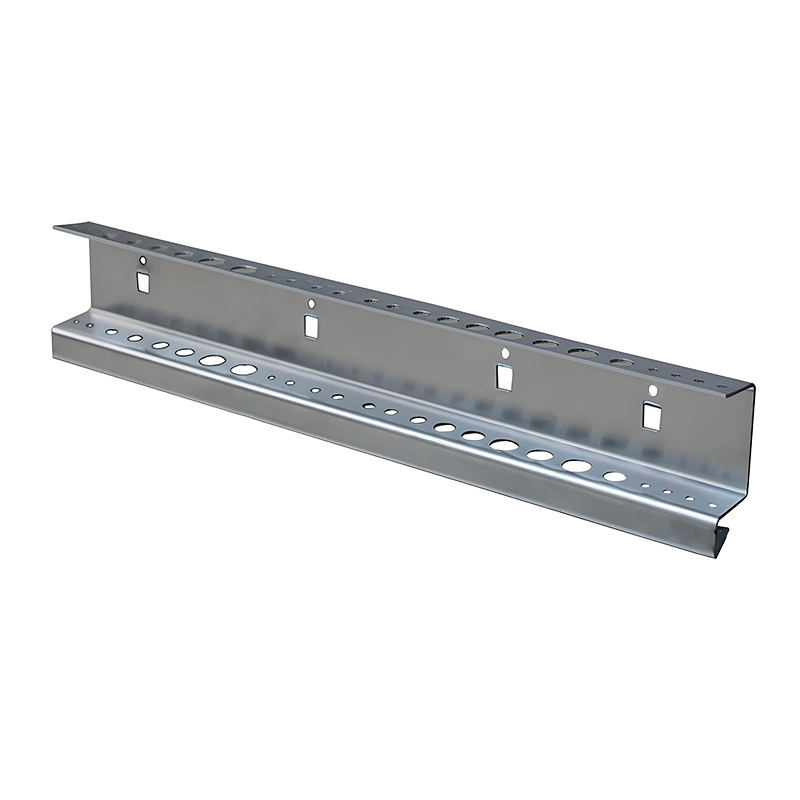Online
Product inquiry




Confirm hole types (round/square/irregular), hole diameter, hole pitch, arrangement method (matrix/honeycomb/custom)
Evaluate plate thickness (usually 0.5-6mm) and material choice (aluminum/stainless steel/galvanized steel, etc.)
Provide DFM (Design for Manufacturability) suggestions to avoid design conflicts


-
Applicable Scenarios
High precision complex patterns
-
Precision
±0.1mm
-
Features
No burrs, smooth hole edges

-
Applicable Scenarios
Large batch standard holes
-
Precision
±0.15mm
-
Features
High efficiency, cost-effective

-
Applicable Scenarios
Extra-thick plates (>10mm)
-
Precision
±0.2mm
-
Features
No thermal deformation
·Hole pitch tolerance·
±0.1mm (precision grade) / ±0.3mm (standard grade)
·Burr height·
≤0.05mm (requires secondary deburring)
·Standard round hole·
Use multi-station dies for simultaneous punching
·Irregular hole·
Custom tungsten carbide molds

Bending radius ≥ 1×plate thickness

Use micro-beam plasma welding to reduce thermal deformation


(Full inspection or sampling inspection)

Control within ±0.05mm

Deformation ≤ 0.3mm/m²

| Parameter | Standard Value | Remark |
|---|---|---|
| Min Hole Diameter | ≥ Thickness × 0.8 | Prevent Punch Breakage |
| Edge Distance | ≥ Thickness × 1.5 | Avoid Edge Deformation |
| Hole Pitch | ≥ Thickness × 2 | Ensure Strength |
| Material | Recommended Thickness | Feature |
|---|---|---|
| Aluminum 5052 | 1.0-3.0mm | Lightweight Preferred |
| Stainless Steel 304 | 0.8-2.5mm | Lightweight Preferred |
| Galvanized Steel SECC | 1.2-3.0mm | Cost-effective |
(Depth ≤ 0.3× Thickness)
(M3-M8 Thread Holes)
Coordinate Measuring Machine
(Hole Position Full-Size Inspection)
Roughness Tester
(Hole Wall Ra ≤ 3.2μm)
Salt Spray Test Chamber
(According to ASTM B117 Standard)
Scratch-Resistant PE Film Wrap
Corrugated Cardboard Spacer Protection
Wooden Box Reinforcement
(For Oversized Panels)

Contact Us
Contact
You can contact us in four ways below. We'll respond promptly after receiving your inquiry!
Call Us
Send Email
Message Form
Add WeChat or WhatsApp
Upload Drawings
Your documents are secure and confidential.
Drawing
Order
Delivered



































